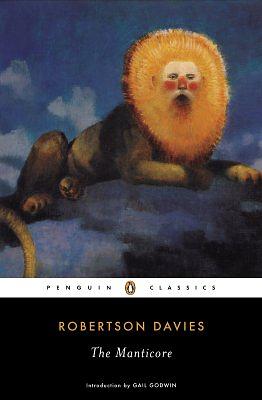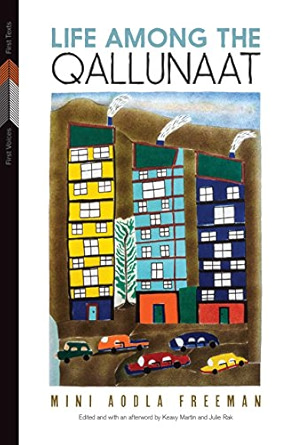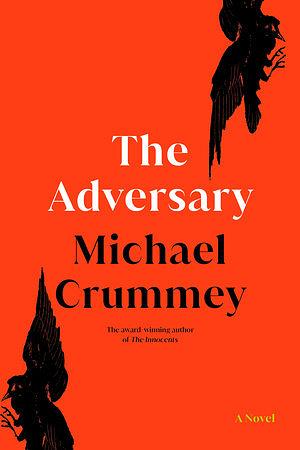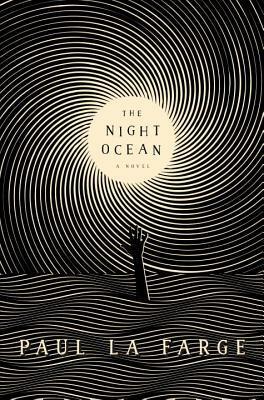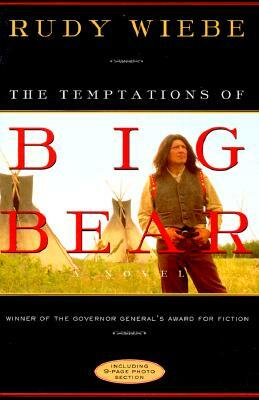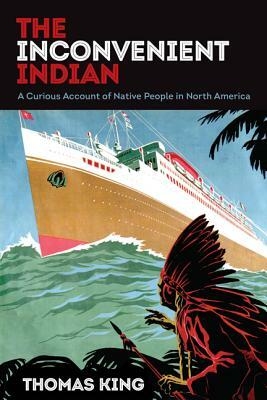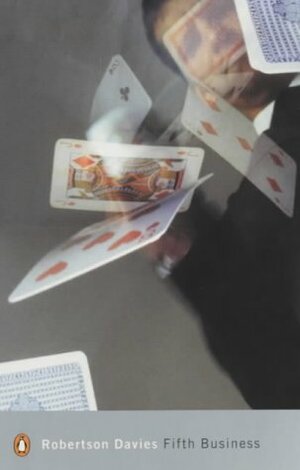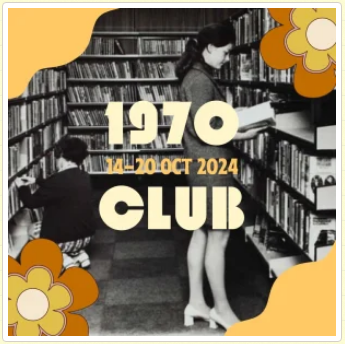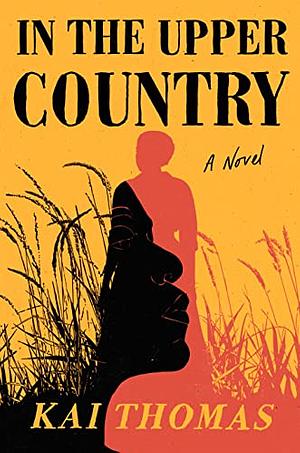The Manticore is the second volume in Robertson Davies’ Deptford Trilogy. The trilogy itself is about the ramifications through several people’s lives of one malicious act—a snowball with a rock in it thrown by Boy Staunton at Dunstan Ramsey when they were children.
Davies takes up this story again in The Manticore with the next generation, specifically David Staunton, Boy’s son. At the end of Fifth Business, Boy was found dead, having apparently driven himself off the end of a pier, but oddly found with a stone in his mouth. David is a successful, much-feared criminal attorney, but he realizes he drinks too much when he finds himself shouting during a magic show, “Who killed Boy Staunton?” This scene has all kinds of ramifications that David himself doesn’t know about but we do, because we learned in the previous book that the magician, Magnus Eisengrim, was the self-reinvented baby who was prematurely born after the throwing of that stone and may somehow be responsible for Boy’s death.
Davies uses the device of having David seek therapy to develop the story more, in particular what a horrible father Boy was despite David’s continued regard for him. (In fact, it’s fairly clear that Boy was a horrible person in many respects, despite the general respect for his wealth and accomplishments.) In this way, David is an unreliable narrator because there are so many things he doesn’t understand that others, including the readers, do.
To keep his therapy a secret, David goes to Switzerland and seeks the help of Jungian psychiatrist Dr. Johanna van Hallen. This therapy begins on page 7 and lasts for most of the book, so David tells story after story and Dr. van Hallen talks him through therapy. I have no idea if these discussions truly reflect Jungian therapy or if the therapist would indeed go into discussions of archetypes and so on, but the stories were far more interesting than the revelations of Jungian techniques.
The ending of this book I found a little too symbolic and fantastic—in a mild way. I’m not sure how I feel about this book overall.

